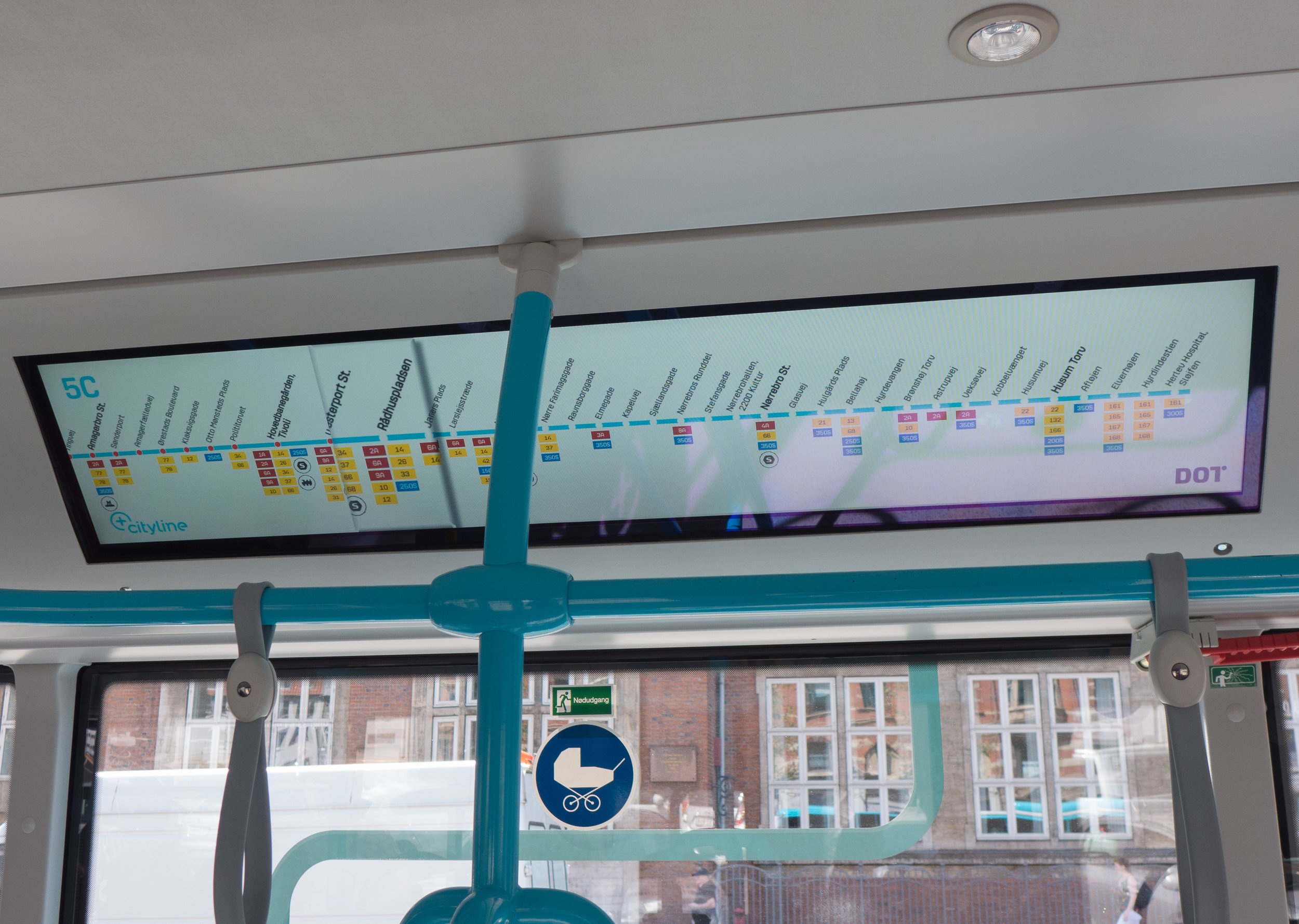new ferries for the harbour
/Copenhagen is to have new, battery-powered, ferries for the regular service up and down the harbour.
Movia, the operating company, have taken delivery of five of the ferries and they are now being put through the last stages of testing before going into regular service and I'm not sure I like them.
Don't get me wrong. They are exactly the right way to go for the environment and it’s impressive technology. After all, they are large vessels that will carry around 90 passengers and they will have to work hard through every day on a 7 kilometre route from Teglhomen to Refshaleøen. Batteries will be completely recharged at night but will be topped up at each end of the route on the brief turn around.
So my objections?
Well there are two but basically they come down to much the same thing. Because they don't sound right and they don't look right so they don't feel right.
I will have to wait until they are in service before I see inside and can judge what they are like for passengers but recently, as I was taking photographs of the CPH container housing at Refshaleøen, one of the new ferries snuck into the dock and snuck seems like the right word.
At first, I thought it was drifting but then it came round the corner of the quay sideways, like a crab, and pulled forward to the ramp with little more than a gentle hum but quite a lot of bubbles. It's going to take some getting used to …. I realised then that I like the churning water and the deep throb of the engine you get on the old ferries and maybe that’s simply because they sound as if they really can take on the weather and the rain and everything that the harbour and the Sound will throw at them. The old ferries are reassuring - not in a comfort blanket way but you know what I mean.
I like standing on the back platform of a ferry as the churn of the water and the sound of the engines drown out any inane chatter around me so, even on a busy day, I can focus on the view and the light over the harbour - from dazzling sun to lowering steel grey of an imminent storm - and I suspect I'm going to miss that. For a start, the new ferries do not have an open platform at the back.
And the new ferries look too swish - so sharply angled rather than reassuringly rounded - so stylish but somehow not solid. They don't look as if they were built in a shipyard but somehow look as if they were manufactured in a nice clean factory. No obvious plates of heavy metal and rivets from ship builders who know how to build a vessel that would survive most things that could happen at sea … and I know it’s a sheltered harbour but at the north end, around Refshaleøen, it's more open and exposed and more like real sea than the tamed and domesticated water at the south end of the harbour.
I have to confess that, of the ferries now in service, I even preferred the older ferries with their steps at the back of the cabin, only marginally less steep than a ladder, with a hefty iron door at the top to get to the back deck and a bulkhead you had to step over rather than the more recent version with fully-glazed patio doors that knew you were approaching so opened automatically … well at least they did as you moved from inside to outside but with a well disguised button to get from outside on the deck to back inside.
The new ferry I saw 'dropped' its ramp down and even that glided and hovered and it looked narrower and looked light and for some strange reasons, that I don't quite understand, I know I'm going to miss the ramps of the old ferries that drop down onto the pontoon with an almighty clang that makes everyone jump - even hardened commuters who use the ferry twice a day every day - but, somehow, that's a solid and reliable sound.
Basically, the new boats don't sound or look like a workhorse ferry but like a tourist water bus.













































